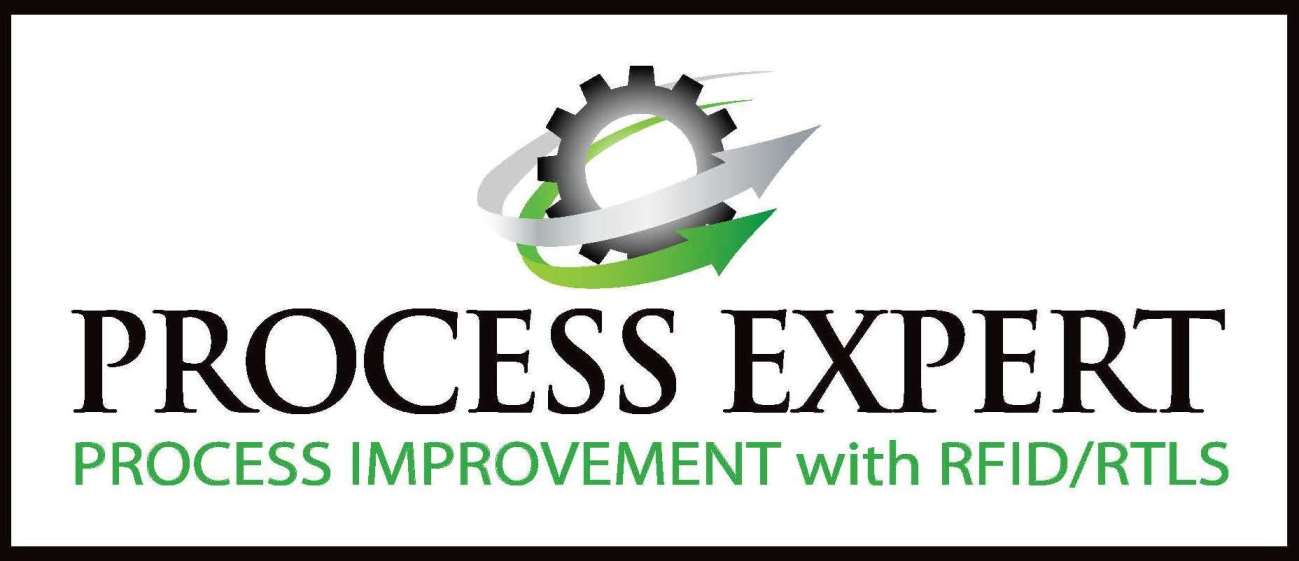Tutorial: How RFID Works, Now and Future
This tutorial presents an overview of how RFID technology works, as well as where the technology is headed. We discuss today’s proximity cards, NFC devices, and Gen2 UHF RFID tags, emphasizing practical applications. We will discuss the limits of today’s devices and demonstrate how very far away current RFID performs from the ultimate limits of information transfer and energy harvesting. We will complete the tutorial with a discussion of future RFID applications that are very different from the logistics-centric world that birthed much of the technology. This tutorial will be equally relevant for practicing engineers, prognosticating technologists, and budding entrepreneurs.
Topics
- Overview of how HF and UHF RFID readers and tags work
- Practical examples in Automatic Vehicle Identification (AVI), proximity farecards, Near-Field Communication devices, and more
- Discussion of the fundamental limits on passive technologies and where RFID will be in 10+ years
- Future RFID applications: ultra-precise motion tracking, anti-tampering devices, battery-less sensors, and more
Speaker Biography
Gregory D. Durgin joined the faculty of Georgia Tech’s School of Electrical and Computer Engineering in 2003 where he serves as a professor and director of the Georgia Tech Propagation Group and faculty director of the Opportunity Research Scholars (ORS) program. He received the BSEE (96), MSEE (98), and PhD (00) degrees from Virginia Tech and was awarded a Japanese Society for the Promotion of Science Post-doctoral Fellowship in 2001. He has received several IEEE best paper awards, including articles coauthored in the IEEE Transactions on Communications (1998) and IEEE Microwave Magazine (2014). He has won numerous teaching awards at Georgia Tec. He has co-authored several textbooks in electrical engineering and hosts a popular YouTube™ channel for teaching engineering electromagnetics. He serves as an associate editor for IEEE RFID Virtual Journal and IEEE Journal on RFID and as an area editor for IEEE Transactions on Wireless Communications.







